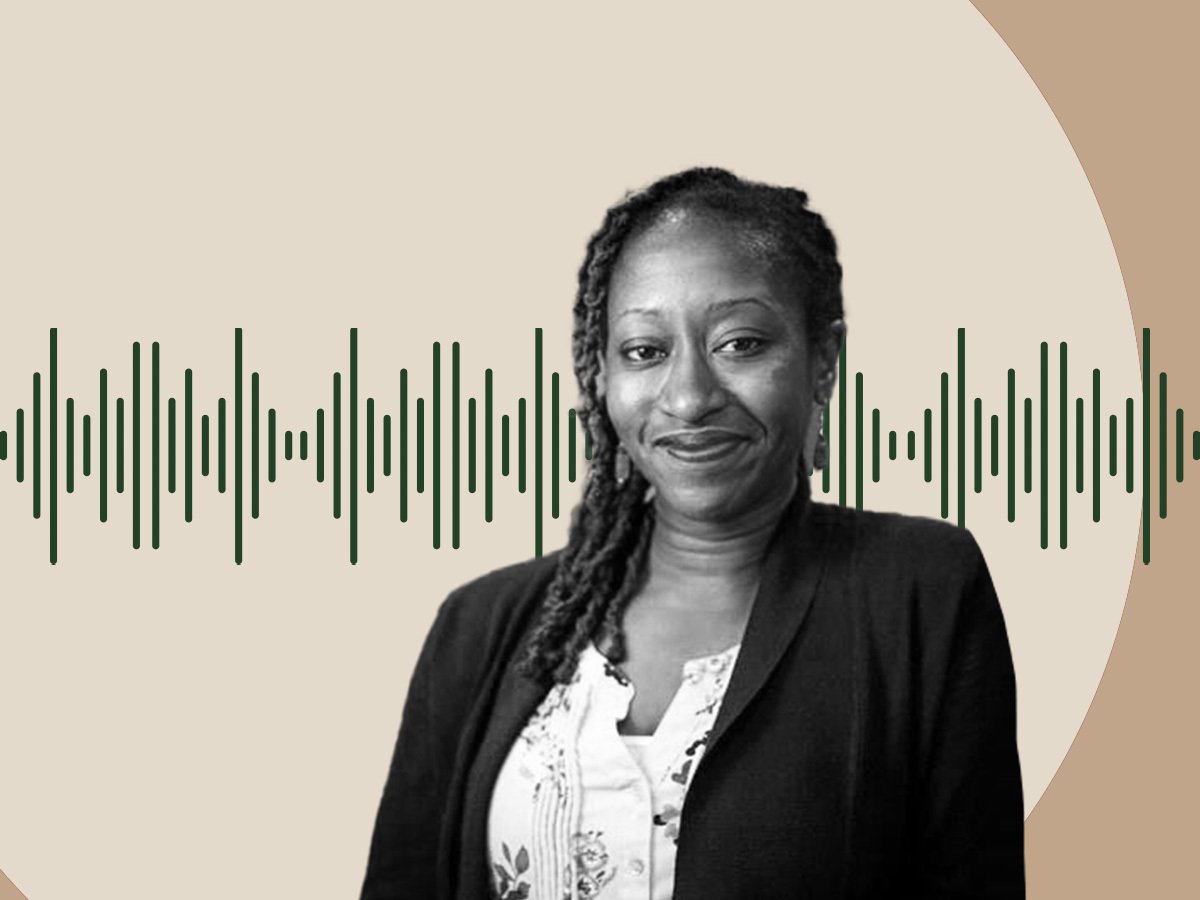And I hate this term—because it’s often used in the financial system, “Do they have skin in the game?” And for me it just really irks me because it’s like, “Heck yeah, we do. We have our bodies. And we have our lands already taken. Like, we already have our ROI there. You know, like where’s our return on investment?
And then you look at conditions, market conditions which is really hard to do in Indian Country especially in informal economies.
Collateral, access to capital Indian Country is really hard, because you know if I lived on the rez [reservation], and I had my house, and I owned my house, I couldn’t just say, “OK, I’ll put my house or my mortgage on the line for this loan.”
A lot of banks don’t want to do business on tribal lands because of sovereignty. And character is another one—a lot of our folks as Heather [Fleming of Change Labs] mentioned before don’t have access to—I hate using this term too—financial literacy. But financial capability, which is access and education, doesn’t meet us where we’re at. There’s no cultural relevancy. There’s no space for historical and systemic oppression. It doesn’t recognize that we don’t have access to generational wealth or assets. That there’s racism in financial institutions. That our economies have been disrupted or siloed.
Sign up for our free newsletters
Subscribe to NPQ's newsletters to have our top stories delivered directly to your inbox.
By signing up, you agree to our privacy policy and terms of use, and to receive messages from NPQ and our partners.
And another lens that we’re also bringing into the space is now like trauma-informed lens. There is financial trauma in our communities, of people living in poverty, living in survival mode, living in scarcity mode. It definitely affects a person’s well-being. So, we can’t hold space and create—you know, just go in and assume we can give people money without knowing that there’s all this nuance and complexity. So that’s why I think the five Cs is actually really problematic and doesn’t hold space for all of those things in the current financial system.
In learning all of this and seeing what our community has said is really problematic, we’re trying to design capital access tools that hold space for all of this. So, we’re looking at holistic models that incorporate not only TA [technical assistance], the money, the training, the community, the care to really hold and uplift autonomy and sovereignty for Indigenous women that we serve in our community.
So, we’re actually saying that from the design of capital tools, Indigenous women or Indigenous people need to be at the forefront of that to inform the design, inform the implementation, even as we look into investment—like that whole, I guess, continuum—even in the decision-making process.
So, we’re actually looking to design underwriting criteria that is reflective of our values and done with the lens of rematriation. So, we’re taking the five Cs of credit, because we say that they don’t work. We’re flipping that on its tail, saying, “Actually, no, we want to create something different that’s actually rooted in relationship.” So, I’m not going to determine risk of someone’s credit score. I’m actually going to think about how this relationship and trust, what the business is doing in the community, how that actually is a measurement to show that Indigenous women should be invested in, and we can be trusted, and we are trying to create change in our communities, and truly see us as the solutions the solutions drivers.













